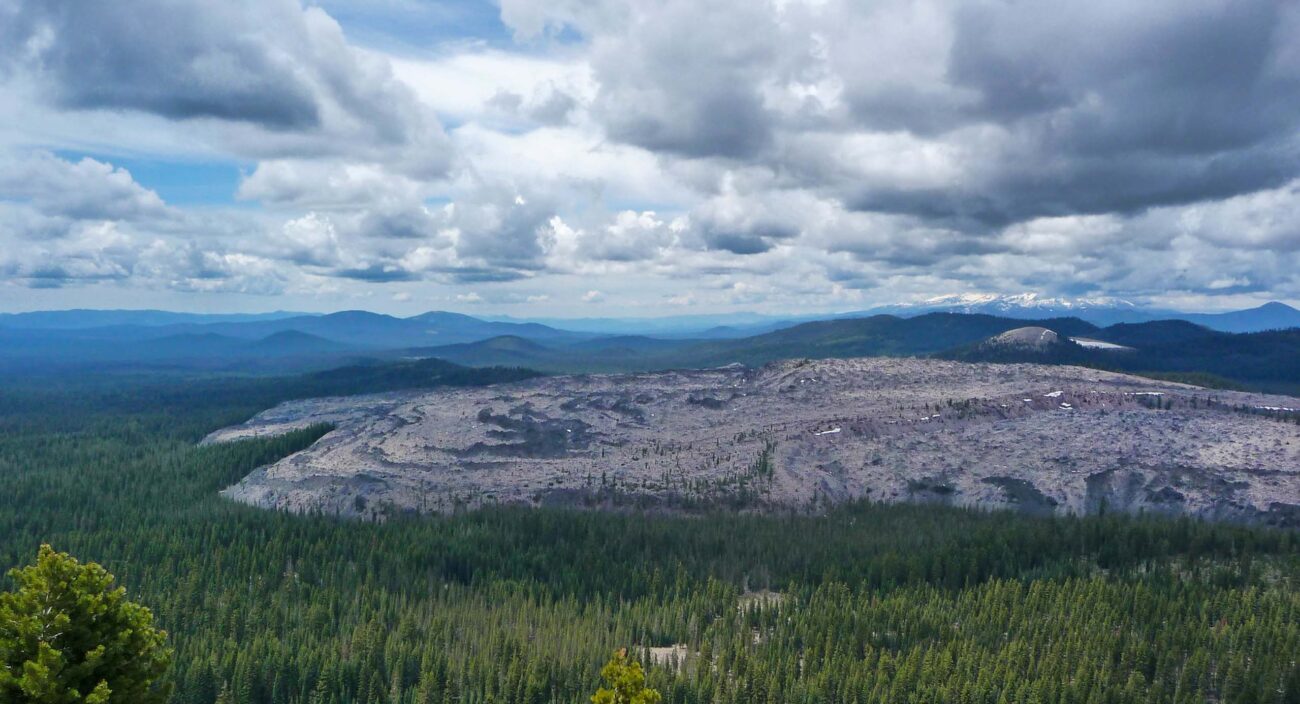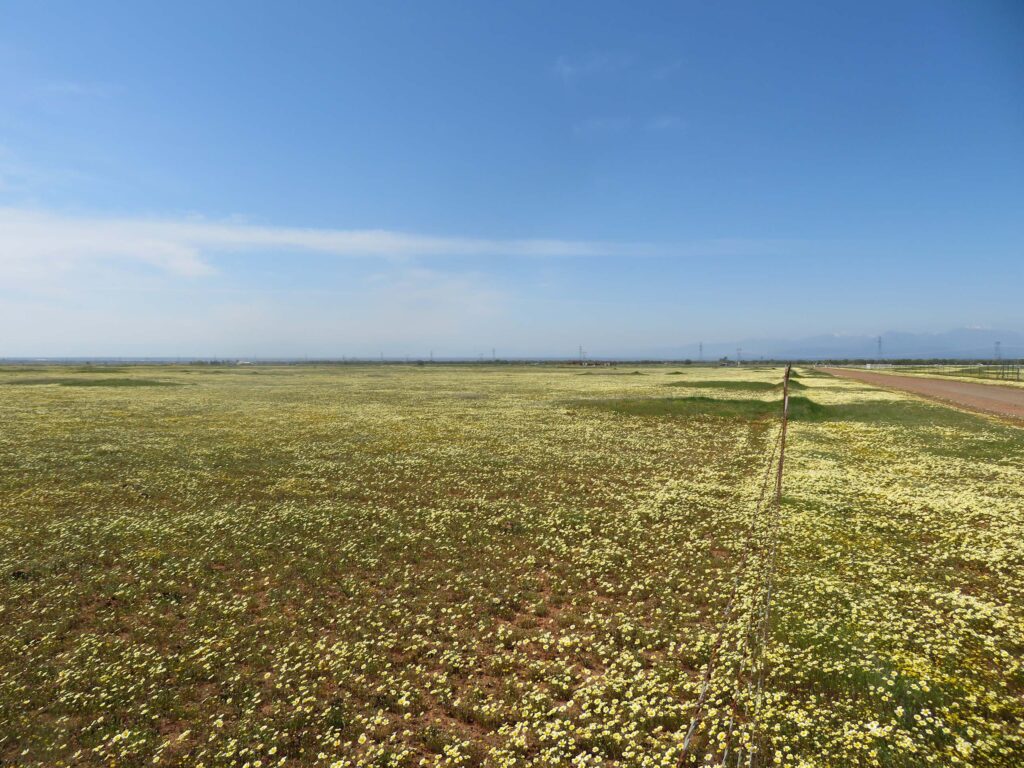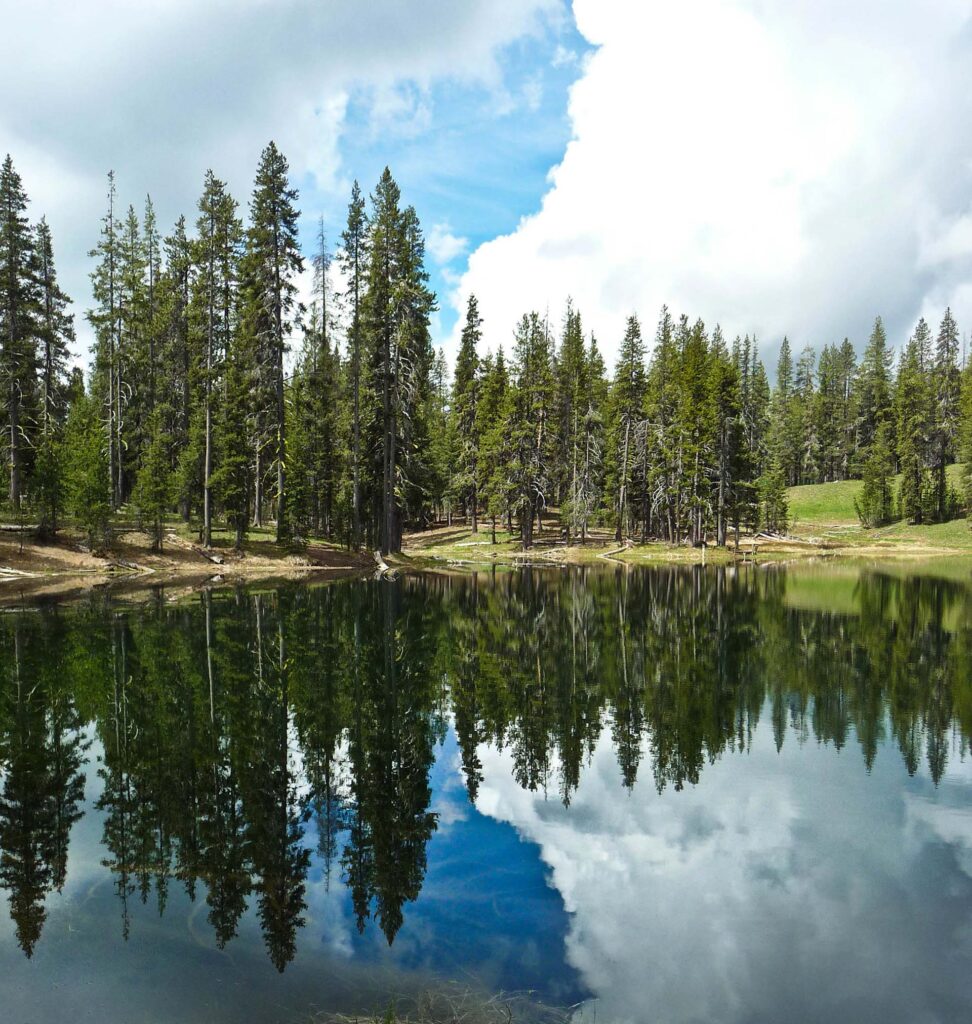
No Gun Range: Highland Plains Shooting Range
The Highland Plains Shooting Range proposed by Shasta County Supervisor Patrick Jones is still not a done deal. Neighbors who would be affected by it have taken Shasta County and the Board of Supervisors to court over the inadequacies of the project as required by the California Environmental Quality Act (CEQA). They state that the County should have developed a full Environmental Impact Report (EIR) for the project instead of the lower standard of a Mitigated Negative Declaration. The lawsuit also states that the reports as to noise, safety, and fire, and impacts to birds, plants, and vernal pools were all grossly inadequate.
Both Shasta Chapter CNPS and Shasta Environmental Alliance sent letters to the Shasta County Planning Commission and Board of Supervisors noting that we found the biological review severely lacking and that the required protocols of the California Department of Fish and Wildlife (CDFW) were not followed. Many other groups and individuals sent in letters and made statements at the Board of Supervisor hearings opposing the project.
The neighbors have hired Don Mooney, a CEQA attorney from Davis. By pooling their own funds and starting a GoFundMe site, almost $16,000 has been collected as of this writing. However, this lawsuit could easily cost over $30,000. If the neighbors prevail in this suit and are reimbursed for legal fees, all donated funds will be paid forward to Battle Creek Alliance, Shasta Environmental Alliance, California Native Plant Society, Shasta Birding Society, and other nonprofit environmental groups. For more information, see their website, Stop the Millville Plains Gun Range.
This is a very important important case. The current Board of Supervisors seems to be allowing the Planning Commission to be quite lenient when approving some projects. If the No Gun Range effort is successful, the County will become more likely to strictly follow CEQA in the future.

Photo taken April 2, 2021, by David Ledger.
Redding General Plan
At the February 27 Redding Planning Commission meeting, the Redding Final EIR and draft General Plan 2045 did not get a majority vote of approval, nonetheless, they were passed on to the City Council.
The General Plan has been changed over several meetings following input from the community, resulting in the removal of weak and unenforceable language such as “strive to” and “consider.” However, the previous city attorney injected a clause in the introduction to the General Plan that weakened the entire objective:
As such, terms used in this document such as “require,” “shall,” “prohibit,” “protect,” and similar words are not intended, for purposes of policy implementation or general plan consistency determinations, to provide absolute certainty, direction, urgency, or otherwise dictate precise and immediate actions.
Commissioners Greene and Hatch objected to this insertion, while Commissioner Middleton wanted several further changes, on other issues. Commissioner Partin abstained from the final vote due to a conflict of interest resulting in a 3-to-3 tie vote.
According to the city attorney, the purpose of the inserted language was to make the interpretation of the General Plan malleable to unforeseen circumstances. Shasta Environmental Alliance, however, contends that it weakens the entire General Plan and only serves to take away all of the the protections that General Plan focus groups worked so hard to provide.
Protect Sáttítla: Medicine Lake Highlands
There is currently an effort underway, led primarily by the Pit River Tribe, to make up to 200,000 acres of the Medicine Lake Highlands in northeastern California a national monument. This requires petitioning President Biden and the Department of the Interior, to show that many area citizens and organizations support national monument status for the area.
This mountainous area is currently a part of the Modoc National Forest, although the Bureau of Reclamation controls some of the subsurface rights. It is home to geologically recent volcanoes and lava flows, as well as forested acreage. Medicine Lake is in the caldera of the Medicine Mountain shield volcano.
This area is important to many area tribes, including the Pit River and the Modoc; every summer traditional ceremonies are held in a special area there. The National Register of Historic Places has designated 113 square miles as a Medicine Lake Highlands Traditional Cultural Area.
Currently, the area is under threat by multi-national corporations seeking to use its waters for geothermal energy development. Local groups such as the Mt. Shasta Bioregional Ecology Center, working alongside tribes and environmental groups, have been fighting against this threat for years. At stake are the area’s pristine waters, which could be irreversibly polluted by extensive drilling and fracking. Diversion and use of the cold waters that feed important streams and Shasta Lake would have long-range impacts. Clearing for roads and high voltage powerlines would destroy sensitive habitat.
California Native Plant Society, which was very involved in getting Walker Ridge (Molok Luyuk) included in an expansion of the Berryessa Snow Mountain National Monument, contacted Shasta Chapter CNPS Conservation Chair, David Ledger, to get involved in supporting this important preservation effort, which ties in with California’s 30×30 initiative. It’s on the agenda for our next Shasta Chapter CNPS Board of Directors meeting. Shasta Environmental Alliance’s Board of Directors has already voted to send a letter in support of national monument status to President Biden.
For more information and to sign the petition, please visit the Pit River Tribe’s website at Protect Sáttítla: Medicine Lake Highlands. Further information can be found at the Mount Shasta Bioregional Ecology Center.
For more conservation news, be sure to check out Shasta Environmental Alliance’s March 2024 Newsletter! -David Ledger, Conservation Chair

